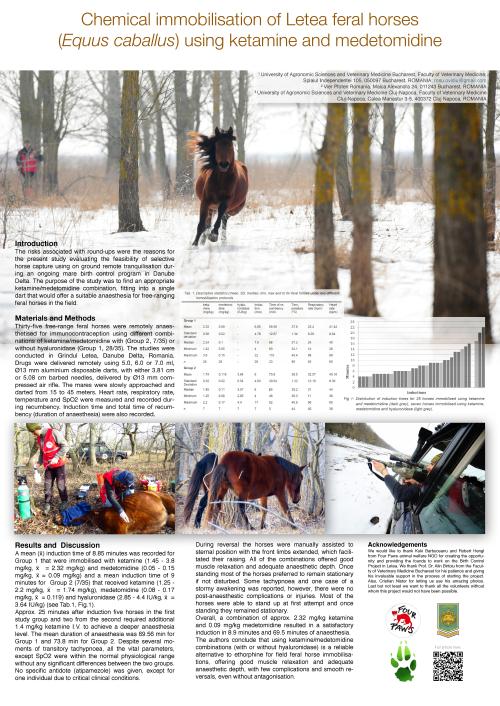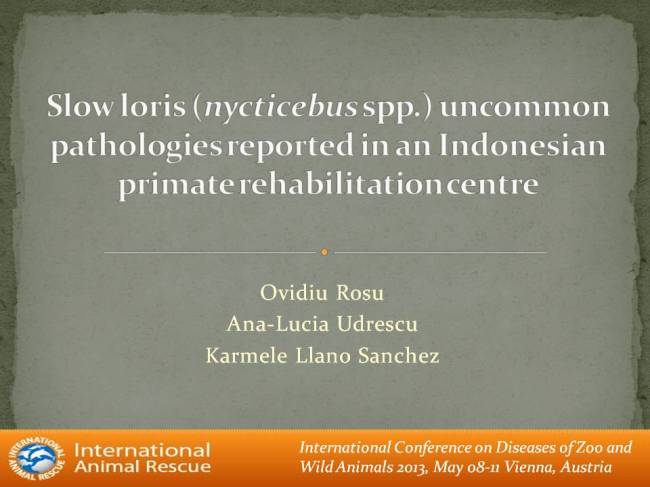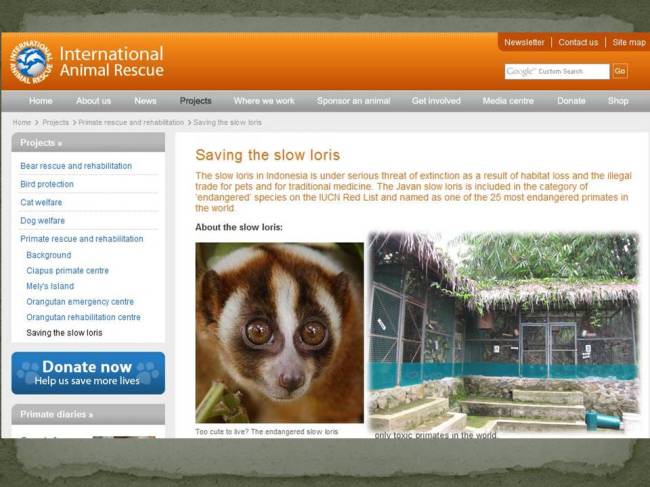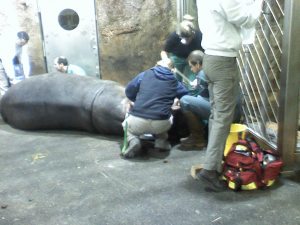Eu: “Alo da?”
X :“Sa stii ca sunt foarte suparata pe tine: cainele a murit de la tranchilizarea facuta de tine !!!”
Eu: “… ? “
X: “ Da, azi l-am gasit mort! Si am vorbit si eu cu alti medici si mi-au spus ca SIGUR este de la tranchilizarea prea puternica pe care ai facut-o acum doua zile. Ca s-au dilatat vasele si d-asa a vomat sange a doua zi cand s-a trezit… ”
Eu: “ Doamna imi pare rau… Nu am citit niciunde ca voma cu sange ar putea fi efect secundar al substantelor pe care le-am folo…”
X: “ Ti-am dat telefon ca sa stii ca nu e bine deloc ce faci si sa nu se mai repete la alte animale. Am si eu parintii medici si stiu de la ei ca exista complicatii, dar … eu am incercat sa-l salvez si acum este mort. Sa stii ca s-a stins o VIATA din cauza ta!”
Eu: “ Mda …”
X: “ Sa ai o zi buna !” si telefonul se inchide brusc
……
Nu de putine ori lumea ma contacteaza ca fiind ultima lor speranta in a tranchiliza caini care ori trebuie relocati in adaposturi de frica hingherilor ori tratati sau castrati. Cel mai probabil am despasit o mie de tranchilizari in teren pana in acest moment. Aici nu ma refer la totalul anesteziilor facute de mine, ci doar la tranchilizatul de la distanta a animalelor libere cu ajutorul sarbacanei sau a pustii.
De-a lungul timpului mi-a fost dat sa intalnesc foarte multe situatii diferite, lucru care mi-a cladit o experineta ce nu tine numai de cunostintele substanteleor si logisticii pe care le folosesc ci si de comportamentul cainilor, al persoanelor din jur si al conditiilor si riscurilor oferite de teren. Am lucrat in paduri, printre blocuri si in scari de blocuri, in subsoluri, pe proprietati private, pe strazi aglomerate, in beciuri, prin canalizari, in namoale, in ploaie, in arsita, prin zapada, pe timp de noapte, pe campuri, printre toberoane si gunoaie, printre haite de caini, de pe acoperisuri, in fata politiei, in fata ambasadelor cu strajerii lor armati, in fata iubitorilor de caini sau a celor care ii urasc…











